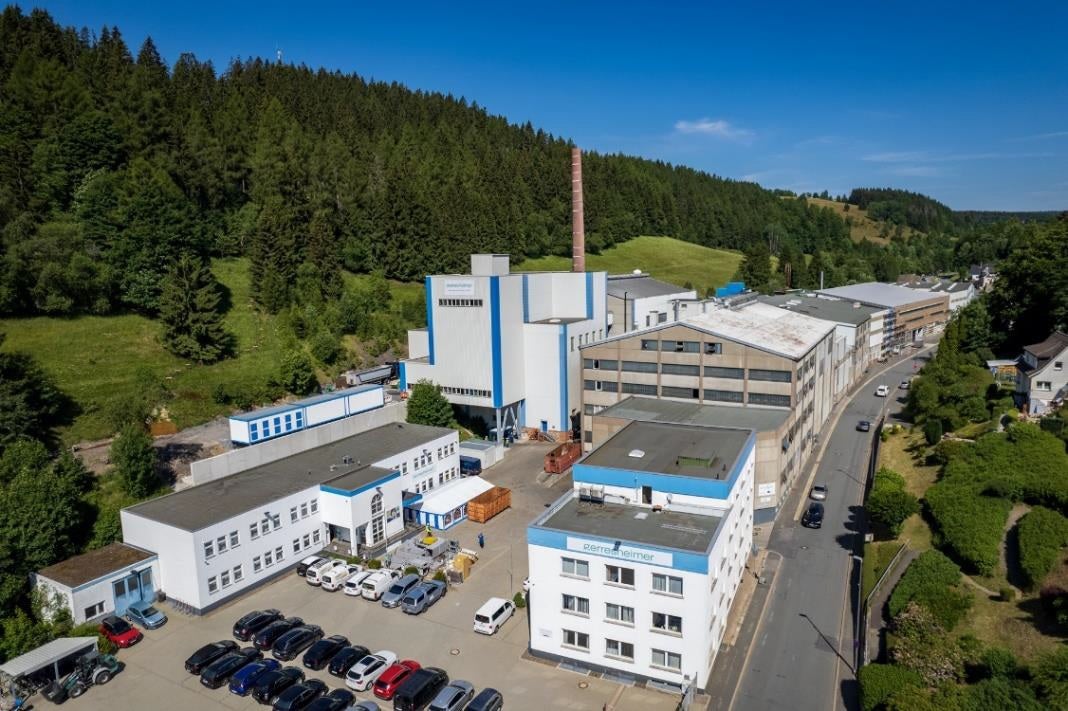
As part of its global sustainability strategy, the Gerresheimer Group has set itself the goal of reducing its carbon dioxide (CO₂) emissions by 50% until 2030 compared with 2019. An important component of this endeavour is the use of state-of-the-art furnace technology in container glass production. The company produces high-quality glass packaging for the pharmaceutical, food and cosmetics industries at locations in Europe, America and Asia. Gerresheimer is currently replacing one of its two furnaces at the German plant in Tettau, Bavaria.
“Against the backdrop of the current economic and geopolitical situation, Gerresheimer is sending a strong signal for a successful future with this investment in more sustainable technology. We believe in glass as a future-oriented packaging solution and are committed to the expansion of the Tettau plant,” explains Kay Rohn, Managing Director of Gerresheimer Tettau.
At the Tettau plant, Gerresheimer employs around 600 people and produces more than 700 million glass containers a year. With the new multi-fuel oxygen furnace, Gerresheimer is laying the foundation for more sustainability in glass production. In particular, the use of green electricity, which in future will account for up to 50% of the energy input, will make a significant contribution to reducing the CO₂ footprint in container glass production after completion at the end of July.
To start the new furnace construction, the existing furnace was first drained and dismantled in mid-June so that the new furnace with new technology can be built afterwards. This furnace technology will help Gerresheimer to continue to support its international customers as a reliable partner on their way to more sustainable products.
Glass can be recycled an infinite number of times and is therefore an attractive material in the context of a sustainable packaging economy. In addition, the Gerresheimer Group has already been working for over a decade on various projects on the more energy-efficient production of glass containers for the pharma, cosmetics and food industries. In addition to innovative furnace technology, this also includes the increased use of post-consumer recycled (PCR) glass and eco-design concepts.

